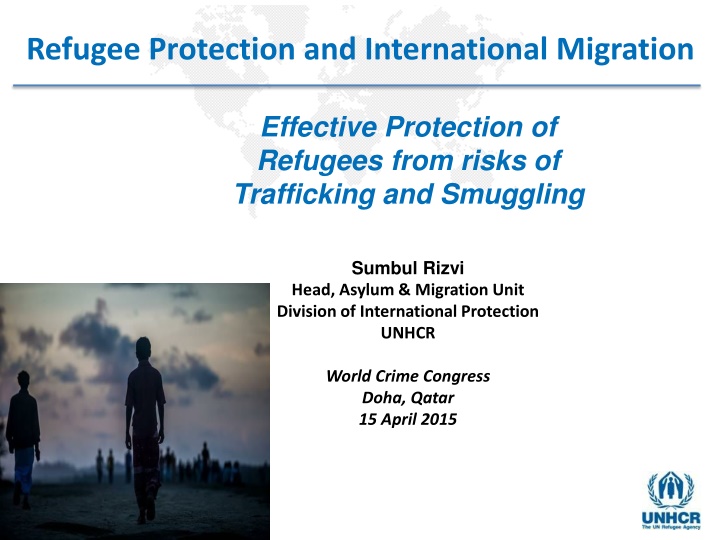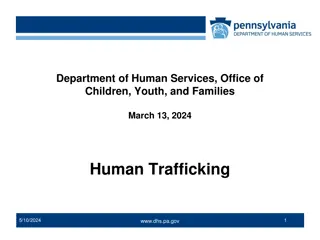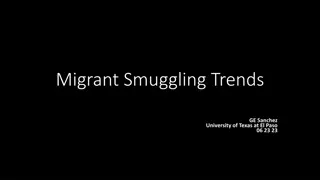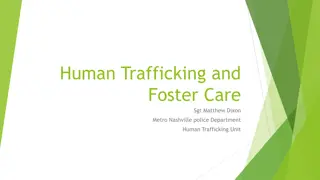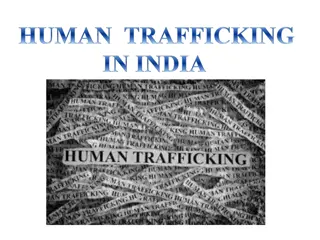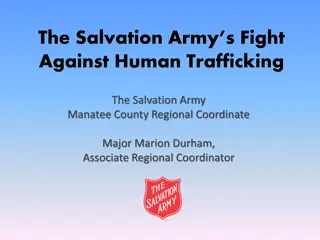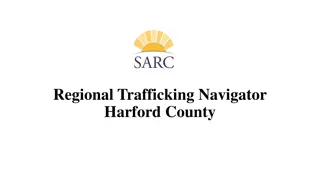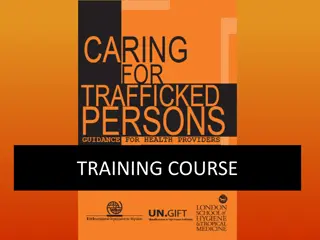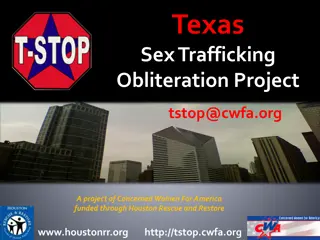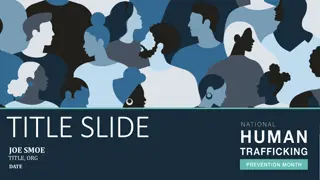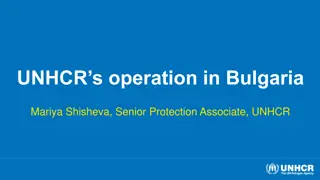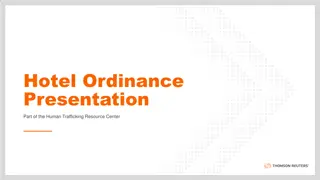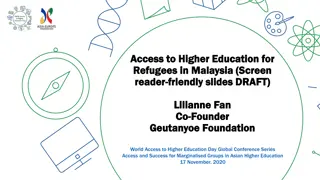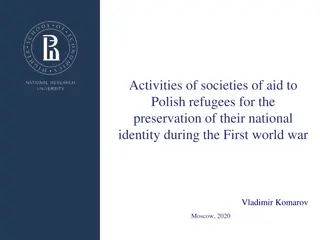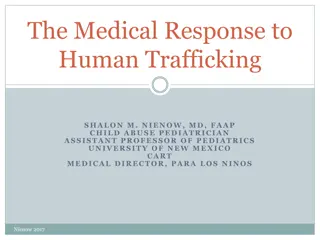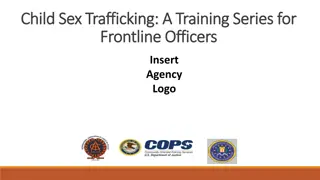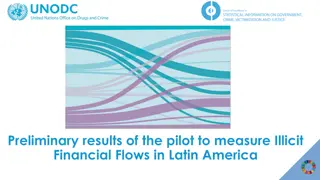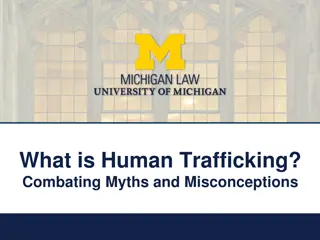Effective Protection of Refugees from Risks of Trafficking and Smuggling
Increased wars, conflicts, and protracted refugee situations have led to a rise in movements of refugees and migrants, making them vulnerable to trafficking and smuggling. UNHCR works to prevent refugees from becoming victims and provides holistic responses to address their needs, focusing on prevention, identification, protection, and durable solutions. This case study explores UNHCR's approaches in protecting refugees from the risks of trafficking and smuggling, with a focus on the Horn and East Africa region.
Download Presentation

Please find below an Image/Link to download the presentation.
The content on the website is provided AS IS for your information and personal use only. It may not be sold, licensed, or shared on other websites without obtaining consent from the author.If you encounter any issues during the download, it is possible that the publisher has removed the file from their server.
You are allowed to download the files provided on this website for personal or commercial use, subject to the condition that they are used lawfully. All files are the property of their respective owners.
The content on the website is provided AS IS for your information and personal use only. It may not be sold, licensed, or shared on other websites without obtaining consent from the author.
E N D
Presentation Transcript
Refugee Protection and International Migration Effective Protection of Refugees from risks of Trafficking and Smuggling Sumbul Rizvi Head, Asylum & Migration Unit Division of International Protection UNHCR World Crime Congress Doha, Qatar 15 April 2015
Refugees within Mixed Migration flows Increased wars and conflicts and protracted refugee situations Movements of refugees and migrants are increasingly inter- connected Onward movements in search of protection and solutions Identification of refugees and asylum-seekers and their access to Asylum procedures Protection needs including vulnerabilities (victims of trafficking, unaccompanied children, statelessness, etc.)
Refugees within Mixed Migration flows..contd Inadequate mechanisms for regularized and safe access to asylum compel refugees to use smugglers to flee to safety Smuggling and trafficking in human beings prevalent across migratory routes Enhanced vulnerability of refugees to exploitation, abuse and violence State responses to trafficking and smuggling need to encompass refugees Significant gaps remain as the issue falls between mandates requiring support for UNHCR partners to bridge data, information & analysis gaps
UNHCRs Approaches on Trafficking & Smuggling As part of a broader international response, UNHCR becomes involved: When Smuggling and TIP impacts refugees, returnees, internally displaced persons (IDPs) and stateless persons To prevent them from becoming victims and to address the needs of victims For holistic response, referrals of victims not in need of asylum but with international protection needs, is made to actors that can provide them with support and assistance Focus is upon prevention, identification, protection/ assistance and the search for durable solutions. Direct Operational response is key, requiring resources for speedy impact
Case Study on the Horn and East Africa Involvement in Regional Processes and targeted interventions: Collaboration to address the information gap - Mixed Migration Task Forces and Regional Mixed Migration Secretariat (RMMS). Strategy and Regional Plan of Action Against Smuggling and Trafficking from East and Horn of Africa. Regional Live, Learn and Play Safe multi-year project - until end 2014 enabled over 5000 children to enjoy improved protection. African Union related initiatives including the Khartoum Process Global Inter-agency mechanisms including ICAT Support, guidance and best practices: UNHCR s 10-Point Plan of Action on Refugee Protection and International Migration In-country protection capacity building Global Strategy Beyond Detention 2014-2019 Guidelines on Temporary Protection or Stay Arrangements, etc.
